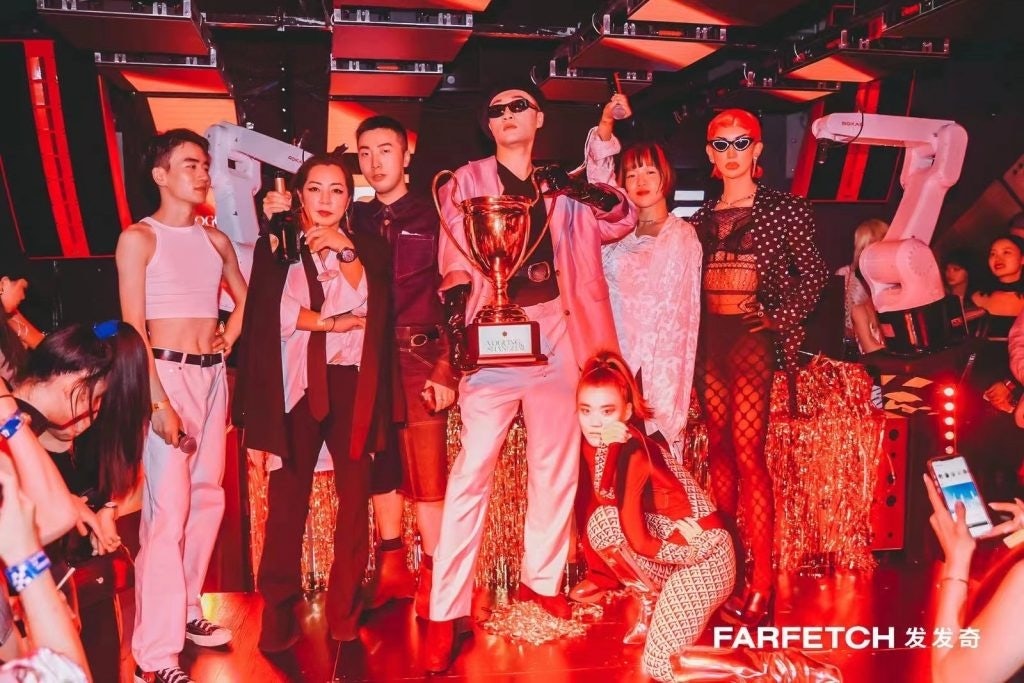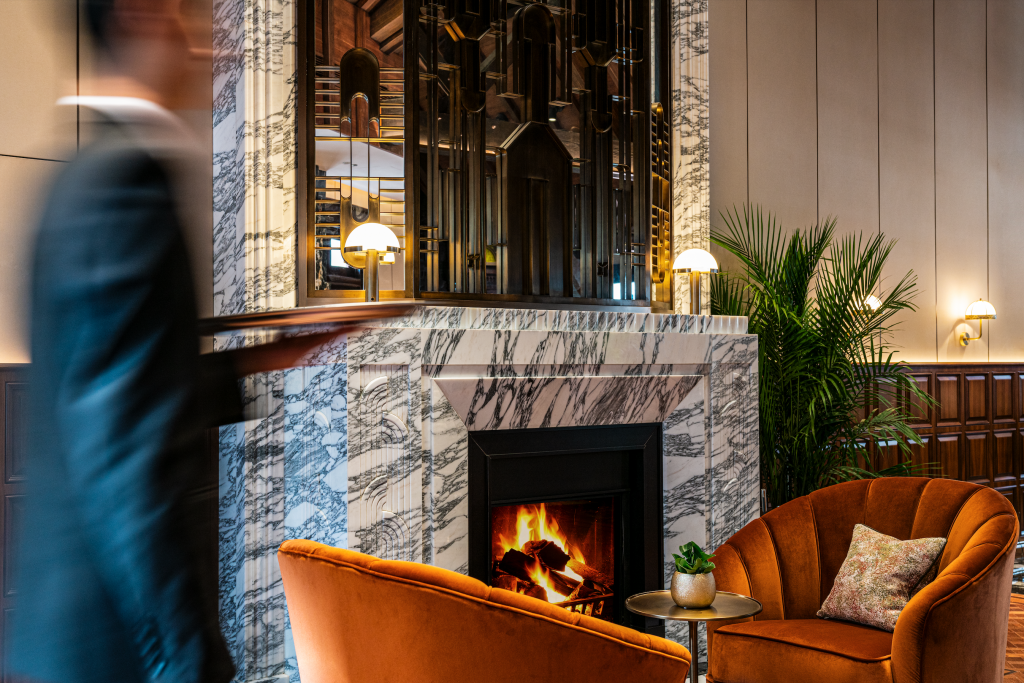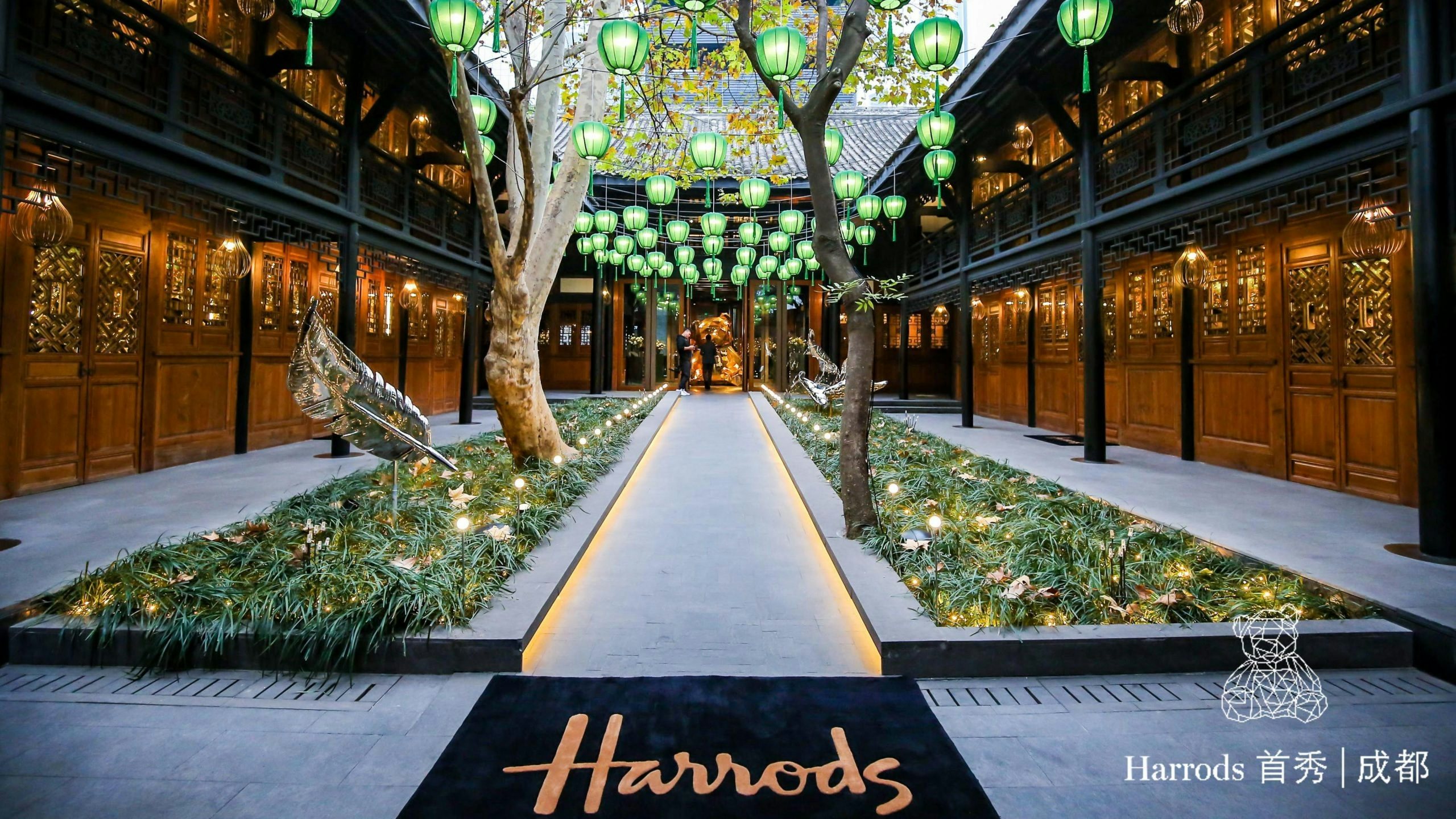Key Takeaways:#
Since China has its own unique social and digital ecosystem, global retailers entering the market are rebranding themselves in the local sociocultural context while maintaining a consistent brand image.
Leveraging celebrity power can efficiently engage the featured celebrity's fan base and allow global retailers to develop a wider reach in China.
Beyond online endeavors luring digital-savvy Chinese shoppers, physical touchpoints are substantial to this segment, especially with high-net-worth individuals.
The Chinese diaspora, which consists of migrants, citizens studying abroad, and outbound travelers, were significant in fueling luxury consumption overseas before the COVID-19 outbreak. In addition to their strong buying power, they had a substantial influence on social media, allowing them to become valued customers of international brands and retailers.
However, geopolitical challenges and travel restrictions amid the pandemic have been reshaping Chinese consumer footprints. Chinese tourists have been absent from once-popular shopping destinations like Hong Kong and select European and Asian countries since 2020. Meanwhile, Chinese students and workers have been moving back to their homeland. According to statistics collected by the Ministry of Education of the People's Republic of China, among the 2.51 million Chinese students studying abroad between 2016 and 2019, more than 80 percent of them returned to China after graduating.
Now, both demographics have driven consumption repatriation, helping to double China’s overall share of the global luxury market in 2020 to 20 percent, as disclosed in “China’s Unstoppable 2020 Luxury Market,” released by Bain & Company. And this shift has ignited retail turbulence worldwide.
Overseas Chinese customers no longer frequented global luxury destinations. Even meccas for fashionistas, such as the British department store Selfridges, weren't immune to this challenge. In fact, the owners of Selfridges are considering a buyout, valued at 4 billion pounds, from an unidentified buyer, React News reported on June 10.
On the other hand, some discerning players have seized this post-pandemic opportunity by remapping their China market. Harrods recently unveiled the second phase of its unique private shopping initiative — The Residence, Beijing — on the heels of The Residence, Shanghai, which opened last year. Canadian fashion e-tailer SSENSE received a financial injection from Sequoia Capital on June 8. And Farfetch has been accelerating its localization strategies since collaborating with Alibaba and Richemont. Here, Jing Daily spotlights three successful China-oriented solutions that international luxury retail disruptors have implemented since the pandemic began.
Curated social content is crucial for up-branding in the local market#
As luxury houses become more DTC-like, retailers have been striving to offer more value-added services and products for customers. This venture is more challenging for newcomers that were previously unfamiliar to Chinese luxury shoppers. Since China has its own unique social and digital ecosystem, global retailers that enter the market are choosing to rebrand themselves in a local sociocultural context while maintaining a consistent brand image.
E-tailers like Farfetch, Net-A-Porter, and SSENSE have taken the lead in localization by curating social content. Farfetch collaborated with the drag queen @莲龙青Kudos and the voguer @雪莲莲ShirleyMilan to launch short videos and an offline party in celebration of this June's Pride Month. Importantly, this campaign did an exceptional job of proving its brand's dedication to supporting diversity and inclusivity rather than merely profiting the LGBTQ+ community.

Net-A-Porter and SSENSE respectively tapped into livestreaming and digital publications in China. However, despite being actively involved in China’s livestream boom, Net-A-Porter has received complaints from some netizens about its diluted, high-end position. Likewise, the culture and art-related content that had distinguished SSENSE from other e-tailers has barely engaged Chinese readers.
Leveraging celebrity power allows retailers to consolidate their awareness#
Inspired by brand partners, global retailers are embracing the growing influence of Chinese celebrities and KOLs. Net-A-Porter, for instance, collaborated with actor Zhang Binbin for its 520 campaign and 618 Mid-year shopping festival celebration. Elsewhere, Farfetch announced Chinese that actress Angelababy — who owns a social following of 103 million — and actor Huang Jingyu would be the brand's newest faces. The brand also partnered with young idols Lariena Song and Fei Qiming in its Tmall store-opening campaign.
On the practical side, they also teamed with fashion KOLs, such as @Anny_Fan, @Hello_Zhuzi, and @SavisLook, to offer wardrobe solutions for local fashion enthusiasts. These influencers own both local and overseas Chinese followers, which helps Western retailers gain and retain loyal customers.
These activations can efficiently engage celebrity fan bases and allow global retailers to develop a wider reach in China. As Farfetch’s vice president of commercial, Greater China and APAC, Alexis Bonhomme, shared with Jing Daily, they adapt to local behavior by creating a full set of local communication experiences to satisfy Chinese customers.
Physical engagement stays relevant to high-net-worth individuals#
Beyond online endeavors that lure digital-savvy Chinese shoppers, physical touchpoints are substantial for this segment, especially when it comes to high-net-worth individuals. Munich-based luxury e-commerce platform Mytheresa wrapped up a private event in Beijing in May. Hosted by designer Ye Ming Zi and fashion editor-in-chief of Huasheng Media, Lucia Liu, the event built up dialogues on customer fashion and shopping experiences.

Meanwhile, the prestigious luxury department store Harrods trailblazed with a unique private shopping model in China. Rather than opening a typical storefront, the retailer unveiled the Residence Project in Shanghai and Beijing last November and this June, respectively. The Residence space, exclusive to invited members with appointments, features extensive offline events beyond fashion and beauty advisories, such as Whisky tasting, bringing customers with similar interests and passions together.

Embued with British culture, the private shopping model transfers Harrods’ brand DNA directly to Chinese consumers. As the Harrods CEO, Michael Ward, noted in an interview with Jing Daily, “to be part of the curation of a customer's lifestyle is fundamentally important to Harrods, and it’s a part of Harrods’ role.” By integrating social and shopping scenarios, the Residence fastens its bonds with Harrods’ valued customers.


